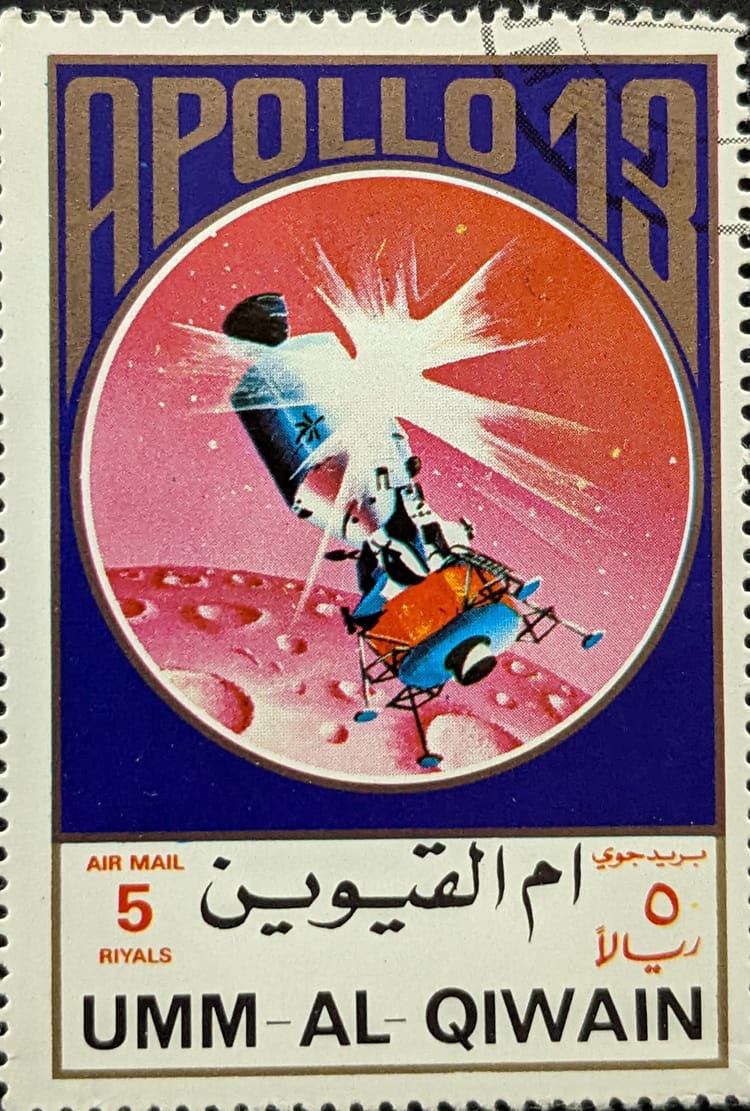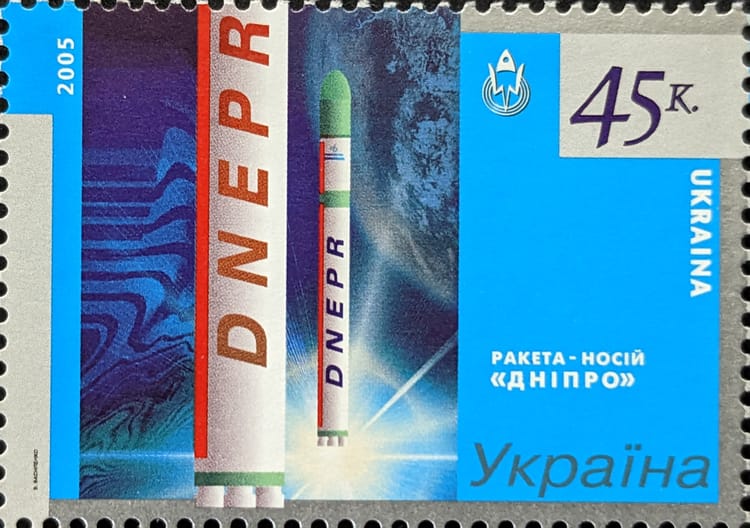Commerce, Categories, and Stabilizing Sugar-Daddies
Reading through the past few days of news posts, it’s obvious that COVID-19 is on everyone’s mind. It’s on our mind in our family’s version of a Colorado Springs “Fortress of Solitude” as we hunker down in our home.
Colorado’s governor finally announced the inevitable “shelter at home” guidance for the state on March 25th. It will remain in effect through at least April 11th. Since we’ve been huddling at home, it’s hard to say what the impact is on our city right now. Probably not good. However, if this article from the Houston Chronicle is accurate, the Springs would be in worse shape if it weren’t for the U.S. government and its wallet.
The Chronicle’s article talks about the idea that the U.S. space industry well-positioned because in this time of the COVID-19 crisis the companies can fall back on their government customers. That the contracts and money from government customers has a stabilizing influence on the industry. If that is true, then Colorado Springs should be one of the stablest economies in the U.S.
Colorado Springs is largely a “government town.” It’s also a military space town. There are four large U.S. military facilities (bases) alone in or around the city: Fort Carson (US Army), the US Air Force Academy, Peterson Air Force Base, and Schriever Air Force Base. This doesn’t include the Cheyenne Mountain Mountain Complex made famous by the movie “WarGames” and the movie/TV series “Stargate.”
With the exception of Schriever, each base has the typical company “limpets” around them, providing contractor support for whatever mission(s) the bases are involved with: Lockheed Martin, SAIC, Boeing, Parsons, etc. Two of the bases, and the complex, are focused on conducting space operations as well. This is why the Houston Chronicle article’s premise seems pertinent to Colorado Springs and the space industry.
Categorical Truths
Before getting into the math to discover whether the Chronicle’s premise is sound, it would be useful to provide definitions of the categories mentioned later in this post. It might sound silly to talk about a need for category definitions. But this is enough of an issue that the Department of Commerce’s Bureau of Economic Analysis is attempting to gain consensus for various definitions of words like “commercial space” or “space economy.”
We routinely see and use categories such as “government” or “commercial” when we talk about the space industry. These categories characterize the mission type (the reason for a satellite launch) and funding sources required for each.
The funding source for government missions is always the taxpayer. Government missions are further sub-divided into two major service providers, typically (in the U.S.) these are defense/military requirements and civil/public benefit requirements (and these can be split further). Government products/services expect no economic return and, at least in the space sector, they usually are very expensive to manufacture and run. The product or service resulting from the government project is typically the return to the taxpayer, whether it’s to protect the citizens, to ensure they are healthy, to construct infrastructure when none exists, etc.
Commercial ventures, on the other hand, are ideally funded by investors and customers. All money invested in a commercial mission is voluntarily provided with the hope of getting that money back, with a little (or a lot) more added to it. A commercial mission is designed to address a perceived need, one that customers are willing to pay to have addressed. If enough customers desire whatever it is that the commercial mission is offering, that company’s investors can typically look forward to getting a return on their investment.
In the case of the government space spending mentioned in the Chronicle, the spending for military or public services by governments around the world is enough to stabilize the entire space industry. That assertion sounds very European.
To be sure, governments contract with certain companies to help them in providing services or products to their citizens. Those contracts tend to “spread the wealth,” providing employment through projects instead of letting engineers and scientists run wild in unemployed herds on the streets. In some cases, a project might appear to exist solely as an aim unto itself but perhaps provides stability through making potentially idle hands industrious. The more hands involved, the better.
This is what a government space budget does. I will probably refer to this post in future analyses when referencing government vs. commercial categories.
The Chronicle’s article quotes a from venture capital firm that government budgets (not just the S) account for 25% of the global space market. The qualified assertion quoted in the article is that 25% of government spending “...could have a good stabilizing effect on the industry.” Is 25% a meaningful enough amount to stabilize the space industry? It likely is a nice security blanket for the companies getting a share of that 25%. Let’s do a little digging.
Government Sugar-Daddies--the Space Industry’s “Stabilizer?”
I’m using the Space Foundation’s Global Space Activity numbers from “The Space Report: The Authoritative Guide to Global Space Activity.” The comparison is between the share of government spending and commercial revenues from 2005 and from 2018 (the latest numbers available from The Space Report). I’m using The Space Report as my source because:
- the Space Foundation’s methodology for coming up with those numbers is fairly consistent
- The Space Report has documentation using these methodologies going back to 2006
- I’m very familiar and therefore confident with the sourcing of those numbers
In 2006, the Space Foundation reported on 2005’s Global Space Activity. Global Space Activity encompasses US government spending (including military), non-US government spending (also including military), commercial infrastructure and support industries, commercial space products, and services. The total estimated amount for 2005’s Global Space Activity was ~$180 billion. The share of commercial revenues (infrastructure/support industries/products/services) vs. the world’s government space spending during 2005 looked like so:

According to The Space Report, global government space spending accounted for nearly 40% of Global Space Activity back in 2005. The data in the pie chart above shows there was more government spending 15 years ago than the 25% for this year shared in the Chronicle’s article. At the same time, commercial revenues accounted for slightly over 60% of Global Space Activity in 2005.
Now we look at those two category shares in 2018 for Global Space Activity from The Space Report 2019, which added together for an estimated $415 billion:

Government spending in 2018 was nearly half of what it was in 2005, slightly over 20%. Commercial revenues rose to nearly 80%. Just comparing the shares between the 14 years, government spending appears to decrease while commercial revenues increased.
However, Global Space Activity increased by 131% during those years. And while the share of government spending fell, the actual amount of money spent by the world’s governments increased by 24%, which isn’t too shabby. However, it’s sluglike when compared with the nearly 200% increase in commercial revenues.
But the trend (through 2018, at least) is that commercial revenues keep growing while also increasing its share of Global Space Activity. In the meantime, government space spending grows, but not at a rate even comparable to commercial revenues. Does slow growth in government space spending, but a diminishing share of Global Space activity equate to a stabilizing influence for the entire world’s space industry?
I don’t believe the data through the past 14 years supports this assertion.
Another concern is that, while increased U.S. government spending can temporarily cushion the U.S. space industry from feeling COVID-19 impacts, it can’t do it indefinitely. Not without increasing taxes, because, as discussed previously, taxpayers are the government’s funding source. With so many people out of work--at record levels--and a growing need for more money to fight against the pandemic, there’s not much of a tax base to turn to.
That’s a problem bigger than the space industry and Colorado Springs.




Comments ()